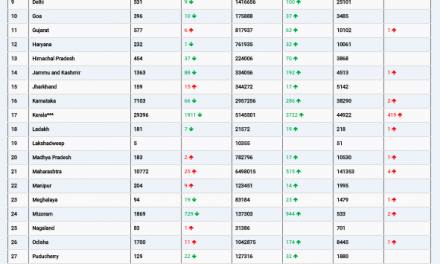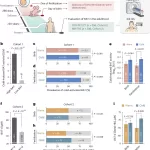Recent research unveiled at the 26th European Congress of Endocrinology in Stockholm has shed light on a potential breakthrough in predicting spinal fracture risk in individuals over 50. Scientists suggest that measuring arm fat mass could serve as a reliable indicator, irrespective of body mass index (BMI), for assessing the risk of spinal fractures. These findings offer promising implications for more accessible and cost-effective methods of identifying at-risk individuals and tailoring preventive measures and exercise plans.
Osteoporosis, a prevalent yet often undiagnosed condition among older adults, poses significant health risks, with spinal fractures being a common consequence. Traditional methods of assessing bone health, such as dual-energy X-ray absorptiometry (DXA) and trabecular bone score (TBS), primarily focus on bone mineral density (BMD) and bone quality but do not account for the impact of body fat.
The recent study, led by researchers from the National and Kapodistrian University of Athens in Greece, examined 115 participants without osteoporosis, averaging around 62 years old. The results revealed a compelling correlation between arm fat mass and spinal bone quality. Individuals with higher levels of arm fat exhibited lower bone quality in the spine, independent of their BMI. Moreover, visceral fat, particularly the fat around internal organs, was strongly associated with diminished spine bone quality.
Professor Eva Kassi, the senior author of the study, emphasized the significance of these findings, stating, “For the first time, we identified a negative association between the fat mass of the arms and the quality and strength of the vertebrae. This suggests that measuring arm fat, which can be easily assessed using simple methods like skin-fold calipers, may serve as a valuable predictor of spinal fracture risk.”
Highlighting the role of visceral fat, Professor Kassi noted its hormonal activity, which triggers low-grade inflammation, potentially compromising bone quality. Despite the robustness of the results, she stressed the need for larger-scale studies to validate the link between arm fat and spinal fracture risk. Plans are underway to broaden the participant pool, including younger adults aged 30 to 50 and more men, to further explore these associations.
Looking ahead, Professor Kassi outlined future research directions, aiming to determine optimal exercise routines targeting visceral fat reduction and enhancing upper body strength to improve vertebrae bone quality in high-risk individuals. These insights could revolutionize preventive strategies for osteoporotic fractures, offering a tailored approach to safeguarding bone health in aging populations.












